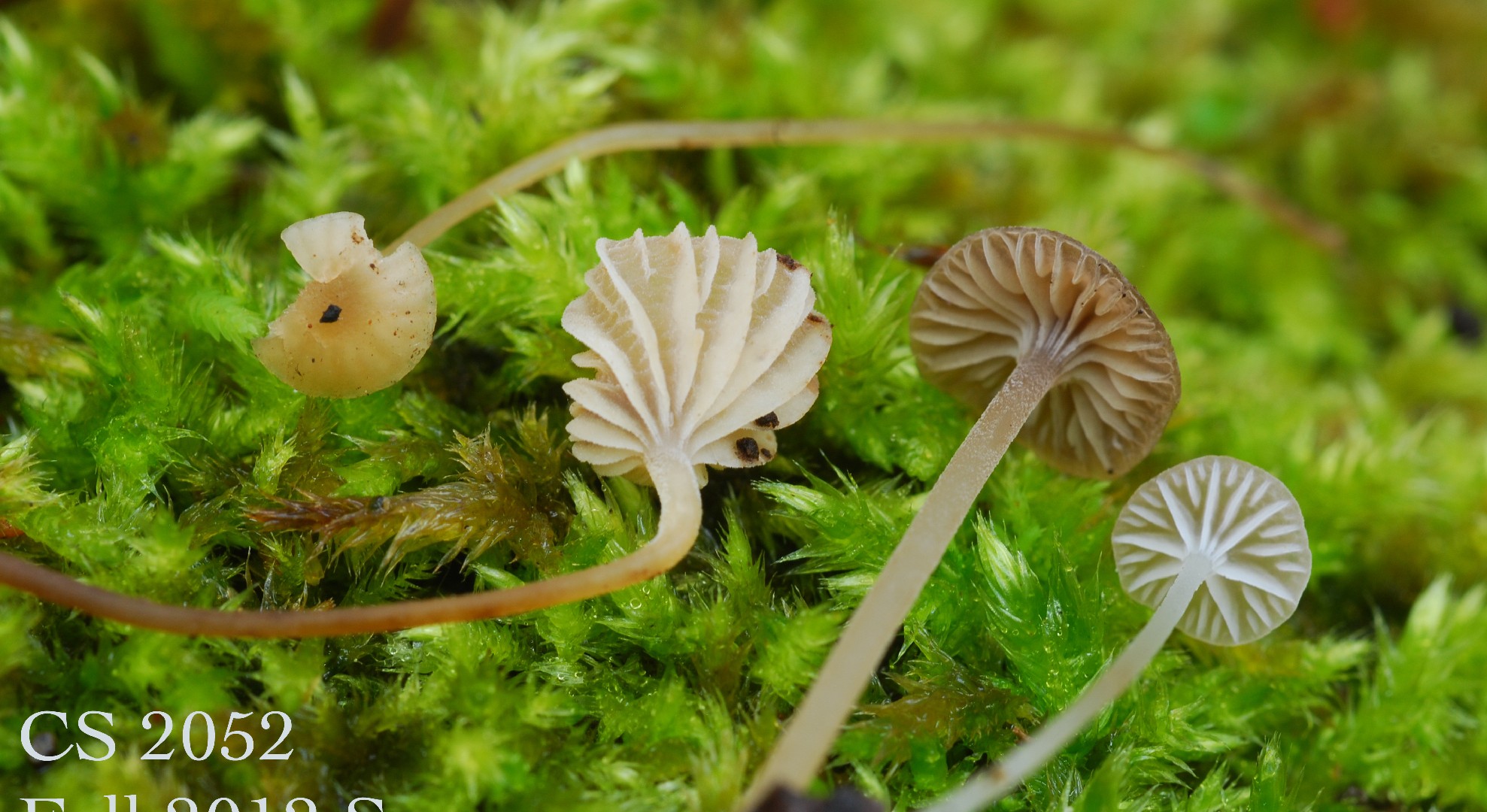Fayodia
Nom scientifique: Fayodia
Fayodia
Nom scientifique: Fayodia
 Photo By US Forest Service 2011-2013 Southern Cascades Fungi Survey (US Forest Service) , used under CC0 /Cropped and compressed from original
Photo By US Forest Service 2011-2013 Southern Cascades Fungi Survey (US Forest Service) , used under CC0 /Cropped and compressed from original La description
Fayodia est un petit groupe de champignons trouvés dans les régions tempérées. Ces champignons ont généralement des chapeaux et des lamelles de couleur blanche ou pâle. Ils sont souvent associés à la mousse et peuvent être trouvés poussant sur le sol de la forêt ou sur le bois en décomposition. Certaines espèces de ce groupe ont un goût amer distinctif. Fayodia joue un rôle dans les processus de décomposition des écosystèmes forestiers.
Espèces de Fayodia

 Photo By US Forest Service 2011-2013 Southern Cascades Fungi Survey (US Forest Service) , used under CC0 /Cropped and compressed from original
Photo By US Forest Service 2011-2013 Southern Cascades Fungi Survey (US Forest Service) , used under CC0 /Cropped and compressed from original